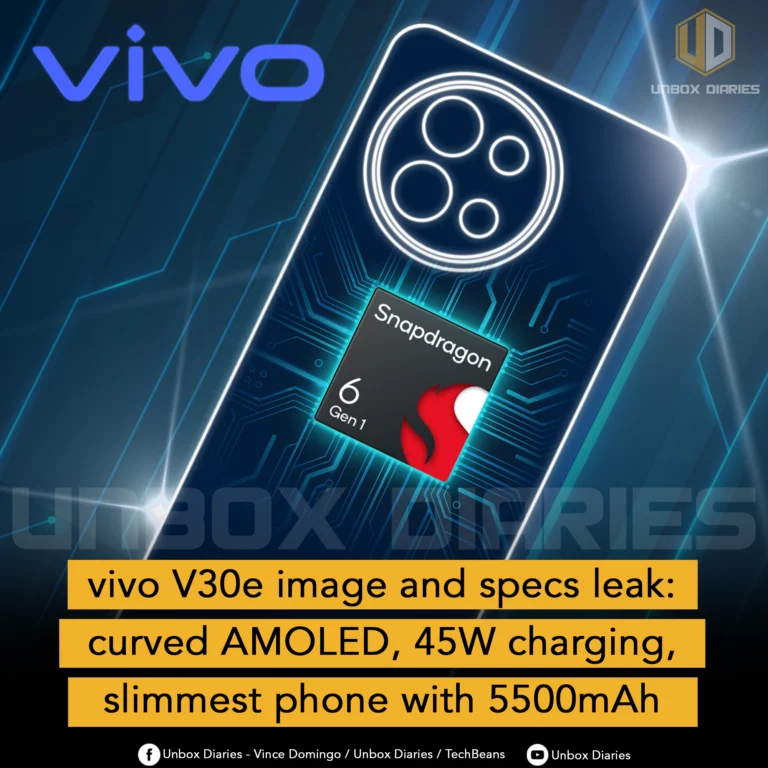Pebble’s creator, Eric Migicovsky, has previously pleaded for a tiny Android phone to rival the iPhone Mini
Migicovsky’s Small Android Phone petition has developed into a community-based project with a team working to design and manufacture the phone in light of Apple’s decision to stop making small phones. 38,700 people signed the petition so far.

In a small Discord group, the Small Android Phone team has been quietly working on finding a display, selecting a chip, and designing the phone’s body.
The group has also talked about possible financing options. The team is looking for input at every stage of the process with the goal of developing a phone for small phone enthusiasts.

In terms of camera software, the team has a few leads, including proposals from Chinese developers and people who have experience creating RAW camera apps for other phones.
Although they haven’t made up their minds about the phone’s material yet, they are thinking about using an aluminum or metal frame covered in ceramic or glass composite.
The team does not want to stand out by using expensive or unusual materials, but rather by their attention to detail.
The team hasn’t chosen a name for the phone yet, but the device’s codename is “Marvin” internally. Though top-tier performance is not a requirement, the team is aiming to create a premium flagship.
Currently, they are debating between the Snapdragon 8 Plus Gen 1 and an upcoming Qualcomm mid-tier chip for the phone’s chipset. The team hopes to provide at least two years of software updates.
Although the price of the phone has not yet been decided, the team is preparing the neighborhood for a potential $850 price tag (₱46,234).
A phone from a reputable manufacturer would cost between $650 and $700 (around ₱35,360 / ₱38,081) and have similar specifications.

The team is still negotiating with the manufacturer and taking into account a number of variables that could affect the final cost of the phone.
The Small Android Phone project’s overall goal is to create a small Android phone for enthusiasts who place a premium on the device’s size.
In order to create a premium flagship phone, the team is soliciting feedback and carefully taking into account a number of factors, including the phone’s materials, camera software, and chipset.














